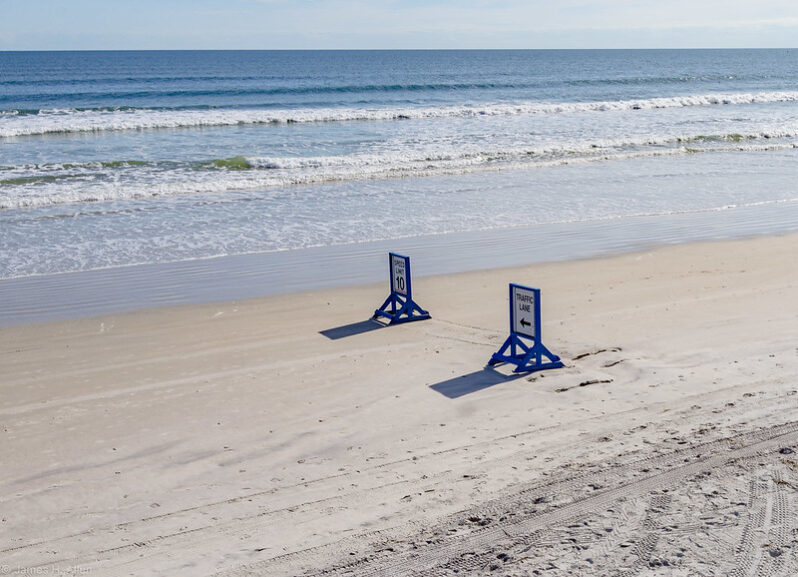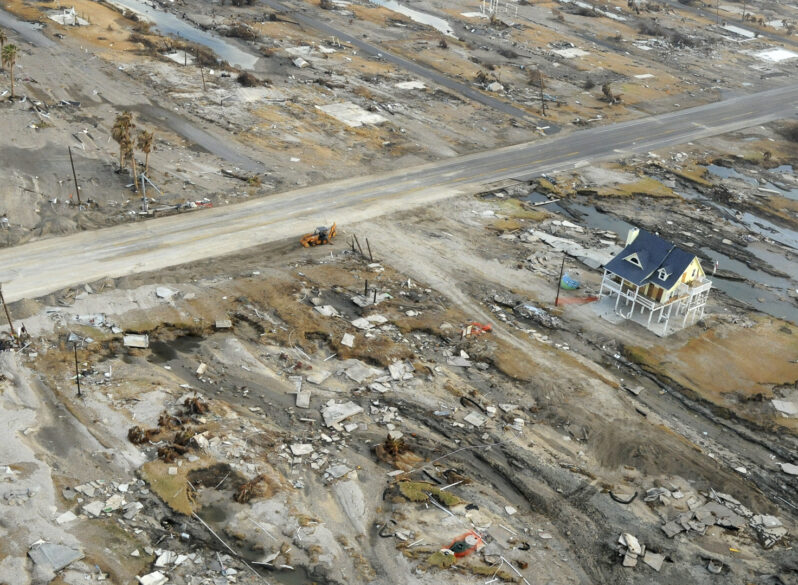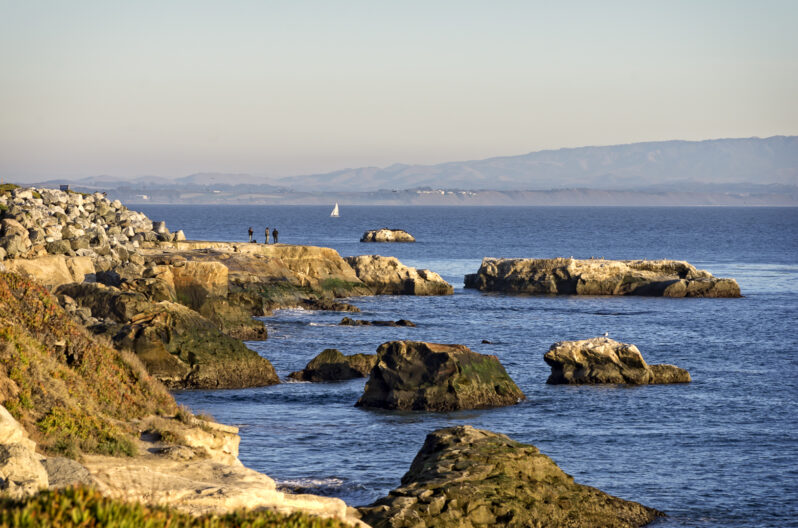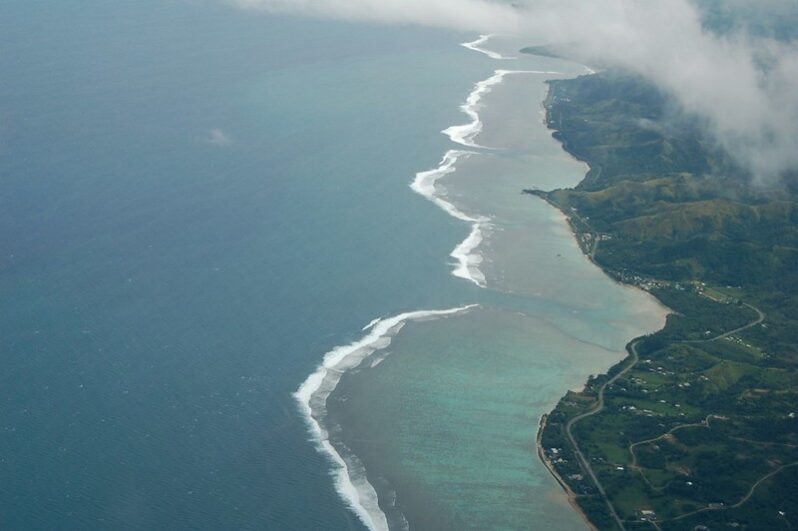Florida beaches were already running low on sand. Then Ian and Nicole hit – the Washington Post

“I think we’re starting to discover that, despite our best efforts and wanting to throw as much money at this as possible, it has become very difficult to keep these beaches as wide as we would like to keep them,” Robert S. Young, a geology professor at Western Carolina University and director of the Program for Developed Shorelines… “We simply don’t have the capacity to hold all of these beaches in place.”
Shelter from the Storm – Science

A plan to wall off Houston and nearby industry from flooding caused by hurricanes will cost tens of billions of dollars. Will it be enough?
Plans for one of the world’s biggest and most expensive flood barriers were born in a second-floor apartment here in this city on the Gulf of Mexico, as water 4 meters deep filled the street below. In September 2008, Bill Merrell, an oceanographer at Texas A&M University, Galveston, was trapped with his wife, daughter, grandson, and “two annoying chihuahuas…”
Study finds widespread occurrence of microplastic in Monterey Bay – Santa Cruz Sentinel

In a study published in early November, UC Santa Cruz researchers examined how much microplastic is present in the Monterey Bay and some of its inhabitants, and found that the tiny pieces of plastic pollution are not only prevalent in the water, but also in the fish and seabirds they studied…
The Red Sea’s Coral Reefs Defy the Climate-Change Odds – New York Times

…(T)he wildly colorful coral reefs in the waters outside the Egyptian Red Sea resort of Sharm el Sheikh, where the annual United Nations climate conference is taking place, are an anomaly: They can tolerate the heat, and perhaps even thrive in it, making them some of the only reefs in the world that have a chance of surviving climate change…
How to move a country: Fiji’s radical plan to escape rising sea levels – the Guardian

For the past four years, a special government taskforce in Fiji has been trying to work out how to move the country. The plan it has come up with runs to 130 pages of dense text, interspersed with intricate spider graphs and detailed timelines. The document has an uninspiring title – Standard Operating Procedures for Planned Relocations – but it is the most thorough plan ever devised to tackle one of the most urgent consequences of the climate crisis…
The Art at COP27 Offered Opportunities to Move Beyond ‘Empty Words’ – Inside Climate News

While the goal of effecting decisive global change proved largely elusive at the United Nations’ annual climate conference in Sharm el-Sheikh, Egypt, the art at COP27 offered other road maps for moving forward…
“You can’t keep having these conversations amongst yourselves as politicians and academics and scientists,” (Egyptian-Lebanese artist, Bahia Shehab) said. “We’re not getting anywhere. We need to open up the conversation.”
“Earth’s Beating Heart”: 12 Coastal-Themed Books to Help Kids Grow Their Understanding and Empathy – Hakai Magazine

From the Arctic to the Antarctic and from the smallest bioluminescent organism to the biggest whales, this season’s selections take readers through the world’s oceans and introduce them to a range of incredible species.
A deal on loss and damage, but a blow to 1.5C – what will be Cop27’s legacy? – the Guardian

Developed countries as a bloc are still in the top five emitters, taking historical responsibility into account, but individually they are eclipsed by rapidly growing emerging economies, such as China, Russia, Saudi Arabia and other petrostates, according to Paul Bledsoe, a former Clinton White House climate adviser…
“This Cop was something of a failure, because it completely let the world’s biggest emitter, China, off the hook,” he said. “Global emissions can’t fall until China’s emissions fall. This is the key to climate protection.”
‘No safe place’: Kiribati seeks donors to raise islands from encroaching seas – the Guardian

Pacific state needs billions for its ambitious plan – its president demands wealthy nations act to help now
Developing countries vulnerable to the worst ravages of global heating have spent the past week at United Nations climate talks urging more support from wealthy nations. The Pacific state of Kiribati has a very specific and unusual demand – that its islands be physically raised up to escape the encroaching seas…
